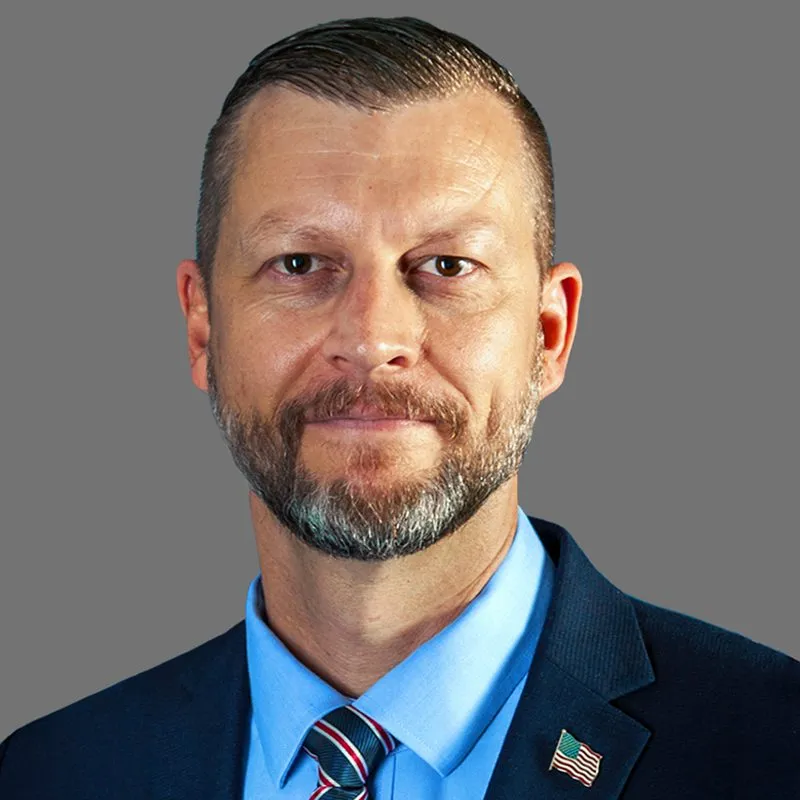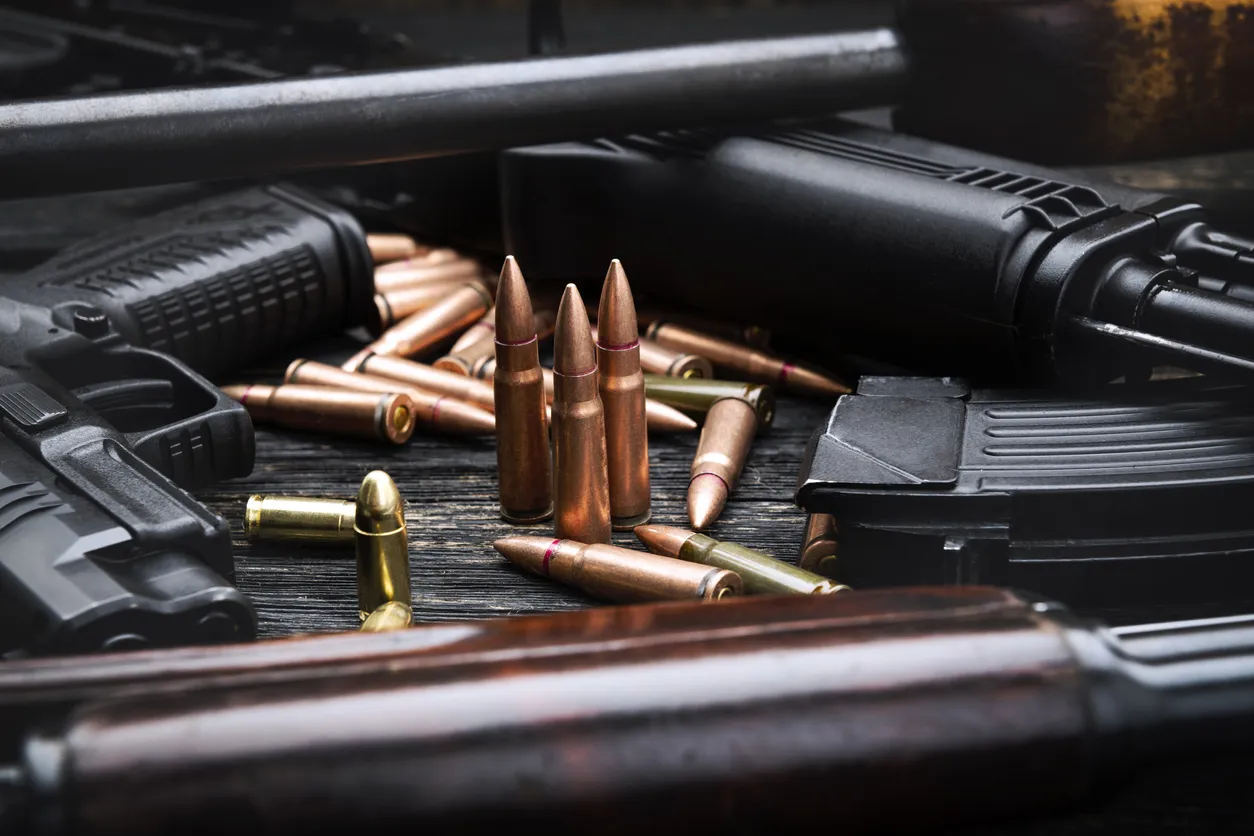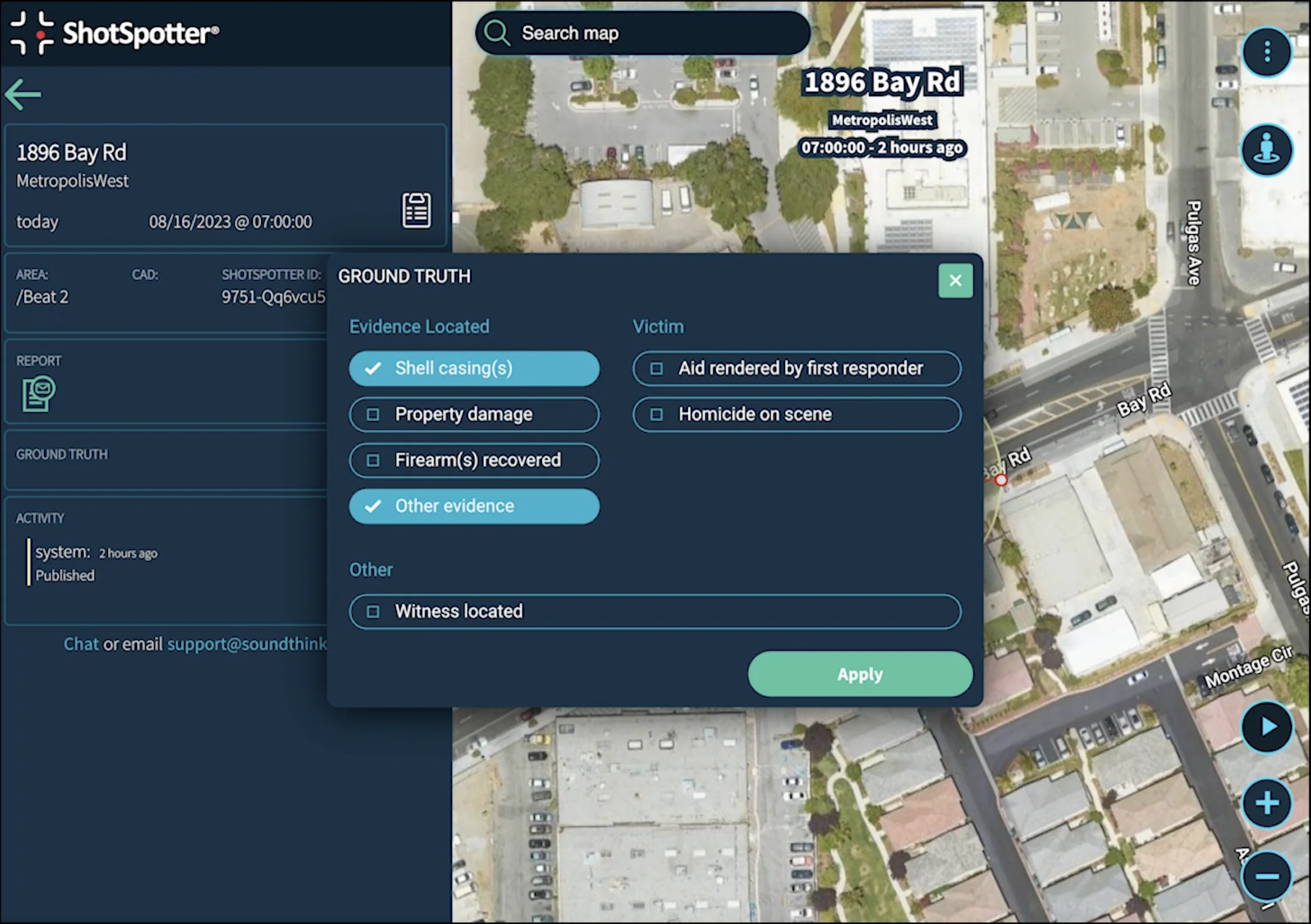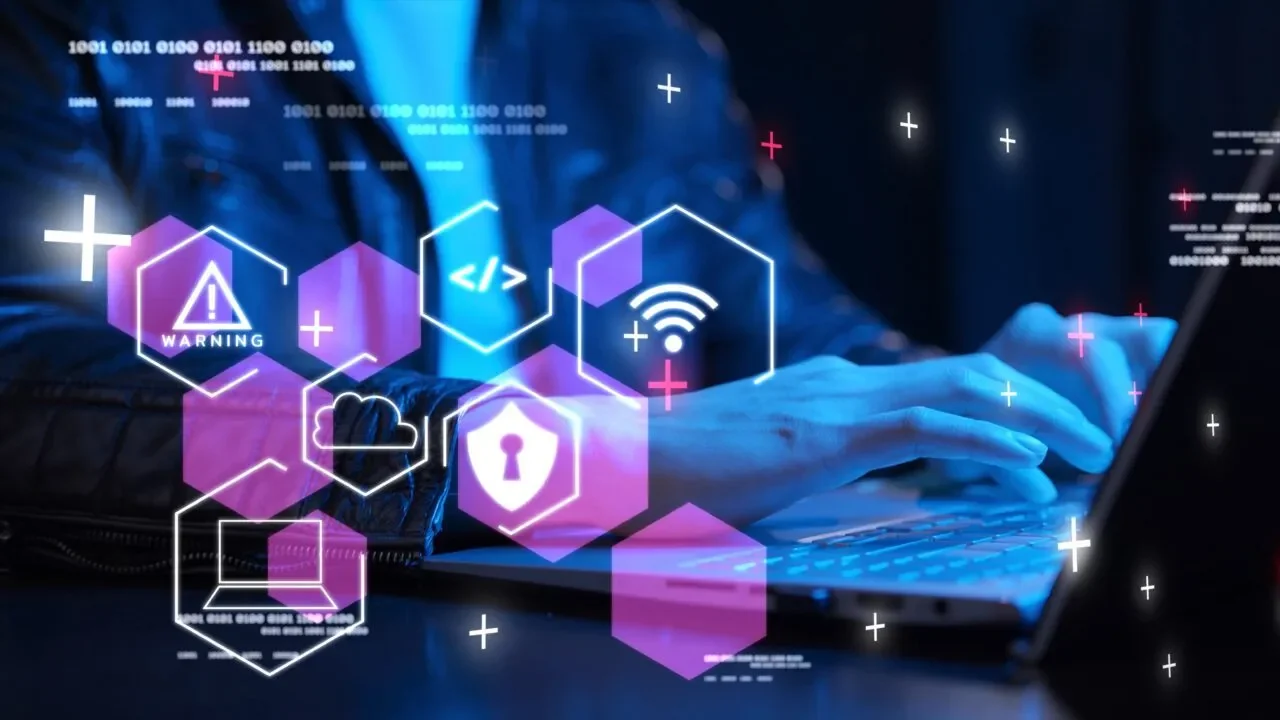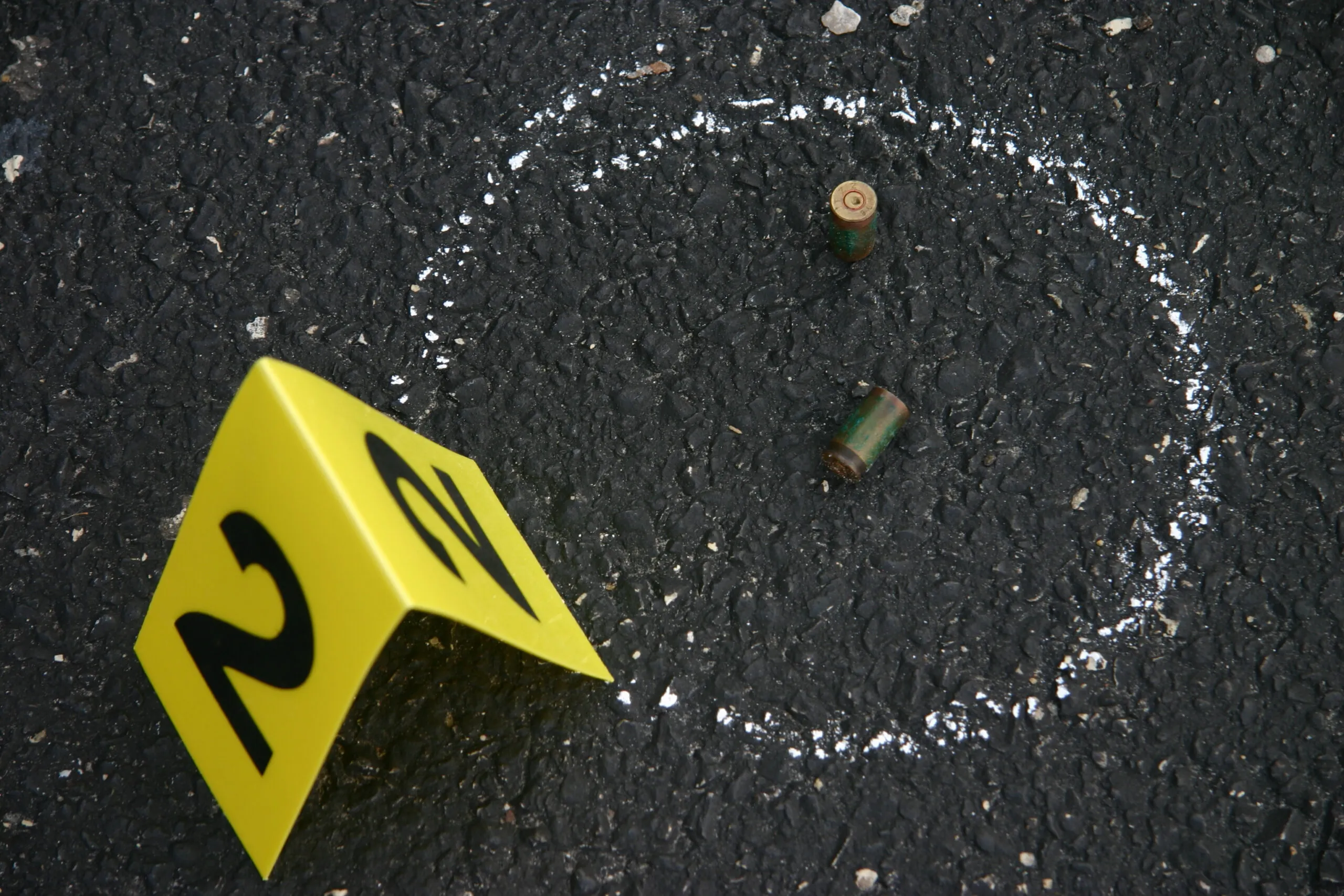The annual IACP Conference is one of my favorite events: for staying in touch with old friends, making new ones, and keeping abreast of trends in policing. Some highlights for me this year included seeing the National Policing Institute present an award to law enforcement legend Chuck Ramsey, hearing first-hand accounts of the recent attack on Israel at the PERF Town Hall meeting, and chatting with Commissioner Bratton at the SoundThinking booth. I also loved supporting the Officer Down Memorial Page. I first began attending the annual conference as an executive at the Bureau of Alcohol, Tobacco, Firearms and Explosives (ATF) and it was great to see some of my old colleagues again this year. But attending with SoundThinking has added new dimensions for me. As I have said before, I came to this company because I believe in its incredible potential to save lives, improve policing, and make America safer. At IACP, I had plenty of opportunities to talk about how it does that. Most of my professional attention is focused on issues relating to gun crime. At IACP this year, across vendors and presentations, I observed consistent themes that are key to addressing this persistent problem: Technology, Partnerships, and Focus.
Here are some examples.
Technology
Research shows that ShotSpotter alerts can increase the collection of valuable ballistic evidence. But once collected, the evidence must be used to have any effect. Few people understand how to do that better than Bob Troyer. Bob literally wrote the book for prosecutors on how to use NIBIN.
At IACP, Bob delivered an engaging presentation entitled “Precision Policing and Prosecution with NIBIN.” He used the real-world example of a home invasion in Denver—where an officer was shot by a gang of criminals—to illustrate how ballistic imaging, along with social media exploitation, can be used to solve violent crimes.
A nice footnote to the story: the officer survived and recovered.
Partnerships
ATF has a long-standing and well-earned reputation for being a good partner. It is baked into ATF’s DNA. Perhaps that’s why I believe partnerships are so critical to good policing, especially when it comes to investigating firearms violations.
ATF continued that theme this year by participating in a presentation entitled, “Enhancing Partnerships Between Local and Federal Law Enforcement: Building a Preventive Crime Gun Strategy to Reduce Community Violence.” ATF Special Agent in Charge Jeff Boshek and Assistant Special Agent in Charge Jamey VanVliet joined their partners at the Arlington, TX Police Department to discuss how they are using crime gun intelligence tools, like NIBIN and firearms tracing, to fight gun crime in their jurisdiction.
As Arlington Police Chief Al Jones has said, taking a “holistic approach to gun violence and gun issues” is a “game changer.” Along with Deputy Chief Kyle Dishko, they discussed how using NIBIN allows investigators to connect crime scenes that would have gone unconnected before and can link recovered firearms to specific crimes. Combining that information with firearms trace data allows them to identify not only the trigger-pullers who commit violent crimes but also the firearm traffickers who armed them.
But technology is just a tool, and it takes people, willing to work together for a greater purpose, to make initiatives like this successful.
Focus
Once law enforcement is equipped with technology, and resolves to work together, the final essential ingredient is focus. Two presentations illustrated this, each in their own way.
Criminals arm themselves in four basic ways. One method that has become more common in recent years is by building firearms at home (as opposed to stealing them, recruiting straw purchasers, or turning to the unregulated ‘secondary market’).
So-called “ghost guns” (or Privately Made Firearms, in ATF’s official terminology) represent a growing source of crime guns. Accordingly, ATF has focused a lot of attention on educating law enforcement about what they are, how to recognize them, and how to address them when they are used to commit crimes. In a two-part session called “Ghost Gun Epidemic and Law Enforcement’s Response,” representatives from ATF, the San Diego Police Department, and San Diego County District Attorney’s Office discussed what is becoming a weapon of choice for some criminals.
Similarly, in a presentation called “Crime Gun Investigative Units: Using Modern, Innovative Firearm Investigative Techniques to Greatly Reduce Violent Crime Numbers,” representatives from the United States Attorney’s Office in the Western District of Louisiana and the Louisiana State Police explained how they created an investigative unit focused exclusively on violent offenders and creating prosecutable firearm cases. They credited it, at least in part, with a 46% decrease in homicides in 2022.
As in years past, I came away from the 2023 IACP conference feeling optimistic about policing, glad to be a part of something bigger than myself, and reassured knowing that so many professionals are committed to keeping America safe.

